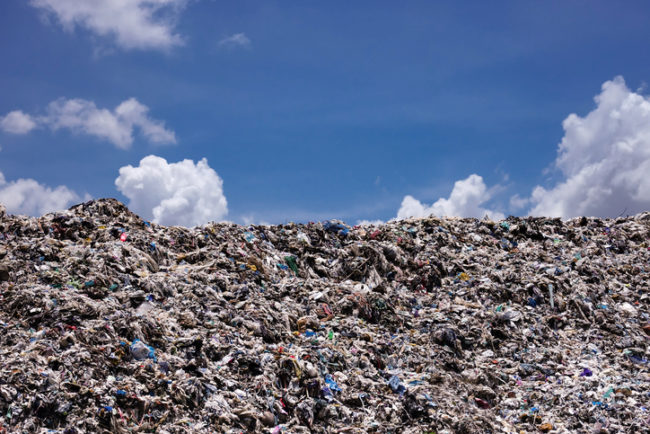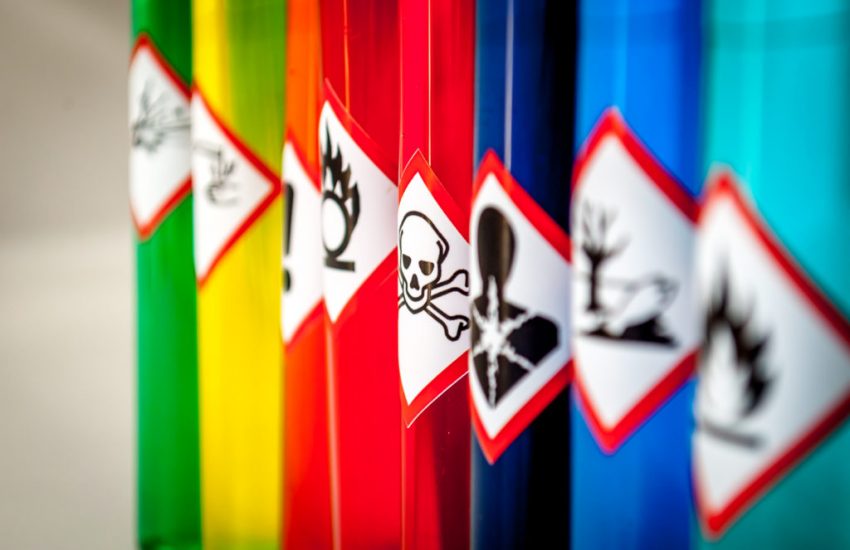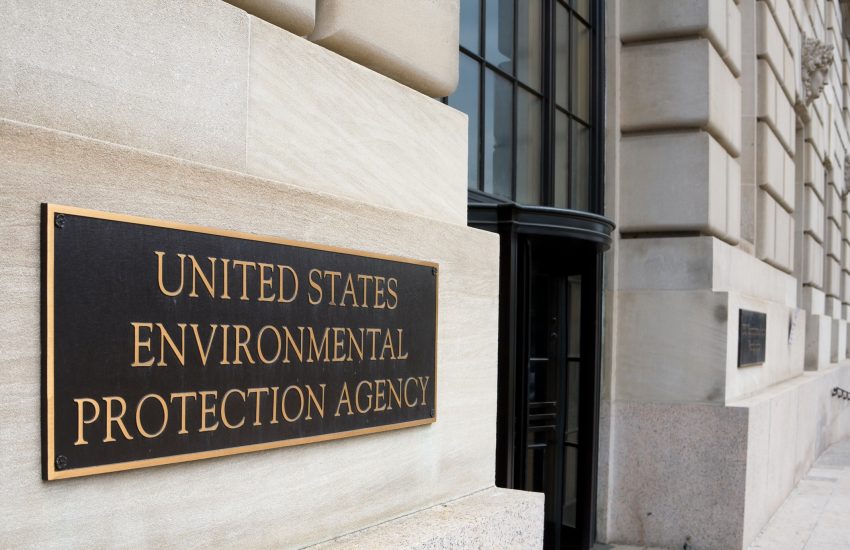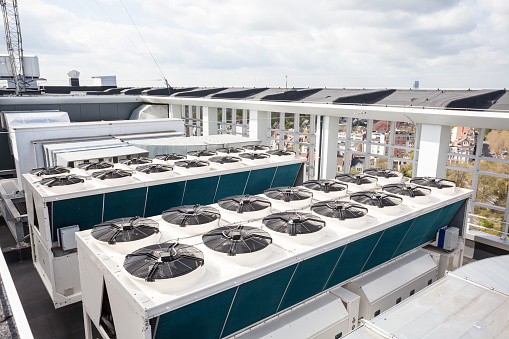Earlier this month, California Gov. Gavin Newsom enacted into law two bills, both of which will — for the first time in any U.S. state — require large companies doing business within the state to release a wide array of climate emissions information. Specifically, on October 7, Newsom signed into law Senate Bills (SB) 253 and SB 261, which affect both private and public businesses and their accountability towards what carbon footprint they are making in the state and their climate-related financial risks.
These new …
Continue Reading









